How do we make LCI a reality?
The elements of LCI come together to ensure success. Our government can remove obstacles to make it happen sooner.
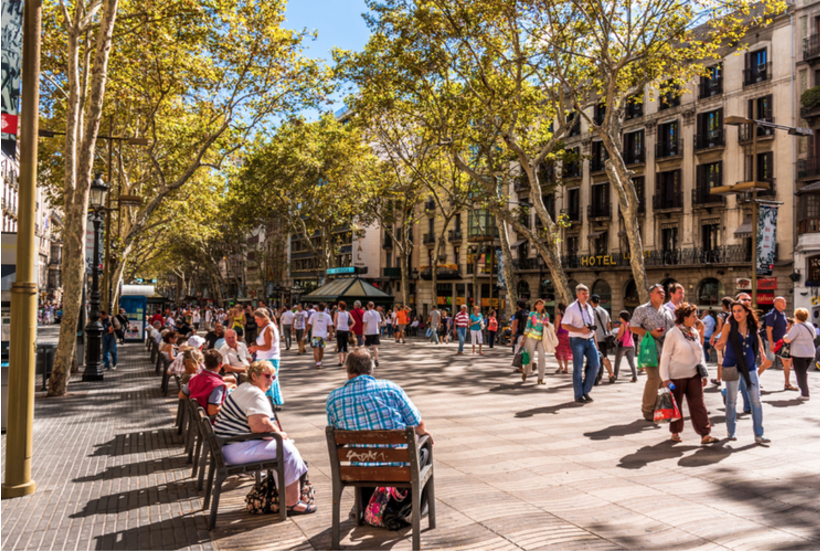
The HOW
The key to creating a Livable Community is the synergy between all of its elements
The Details – What we are doing

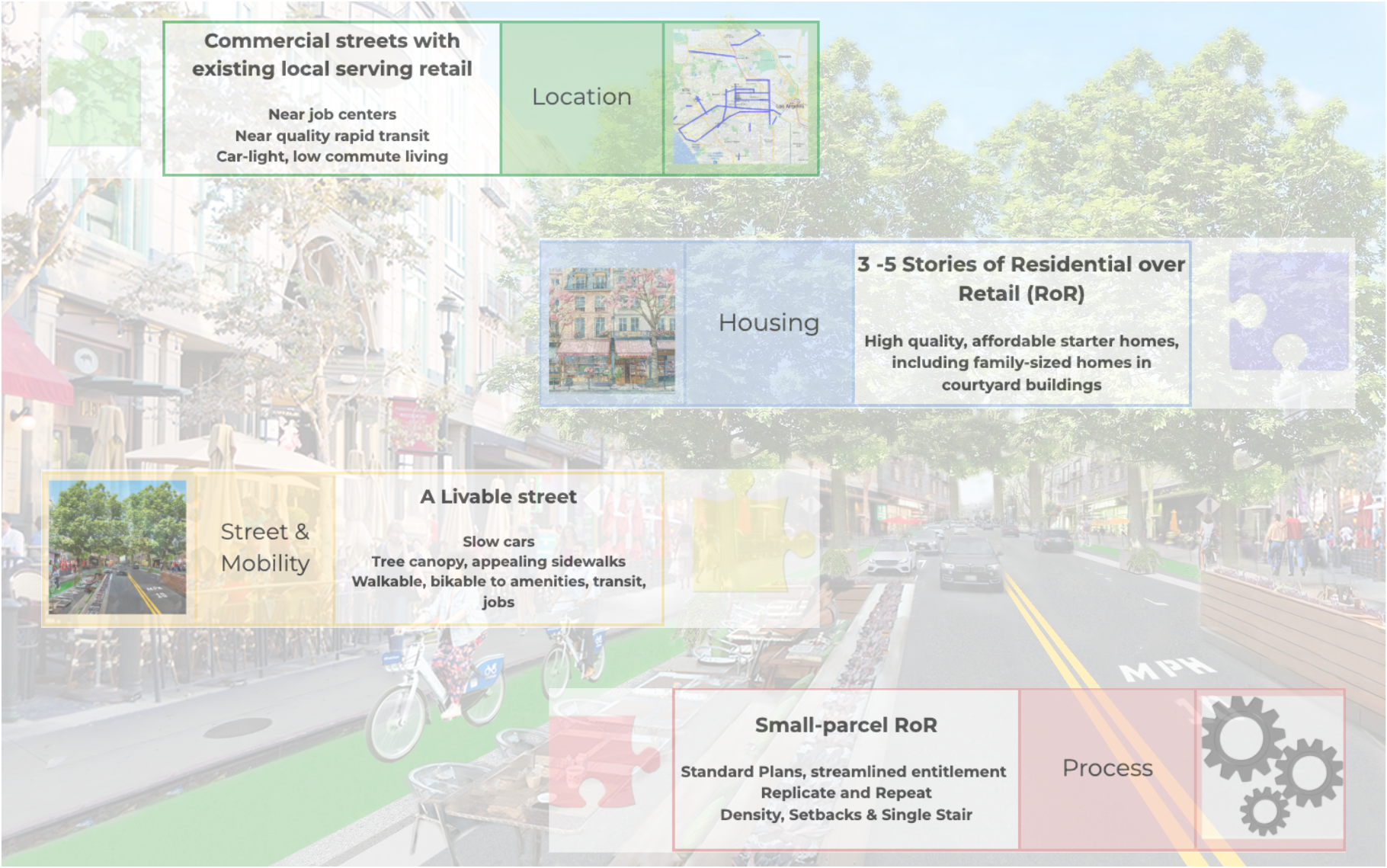
Removing Obstacles & Offering Incentives
By removing unnecessary obstacles and offering a few incentives, our local and state representatives can pave a straightforward and speedy pathway to LCIs across the landscape. LCI’s suggested plans and streamlining approaches unleash a market for mom-and-pop owners to create affordable and moderate-income housing above their commercial properties.
This is the exact strategy of streamlining that unleashed a new market for homeowners to build Accessory Dwelling Units (ADUs).

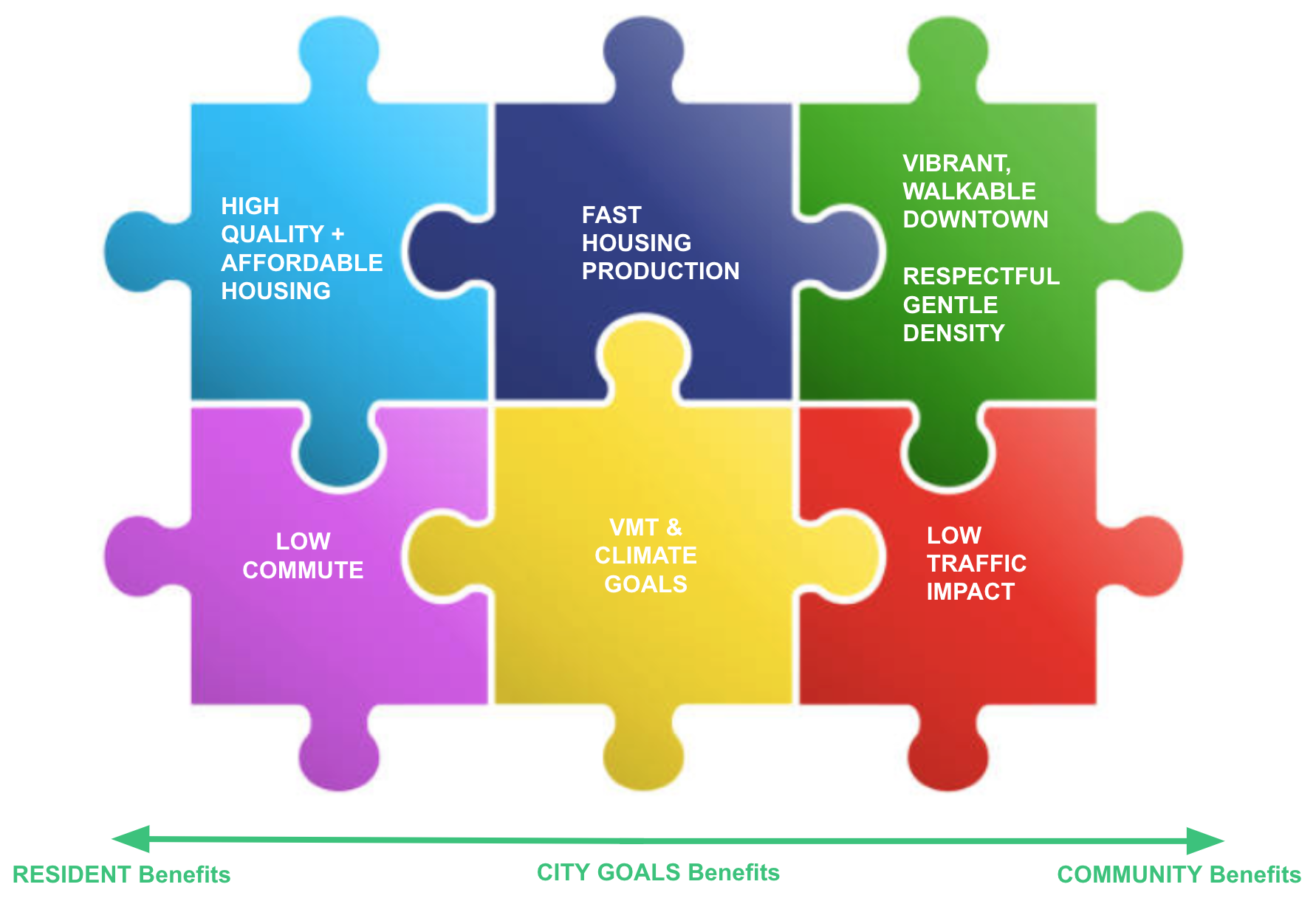
Building Consensus & Community Support
TEXT
text

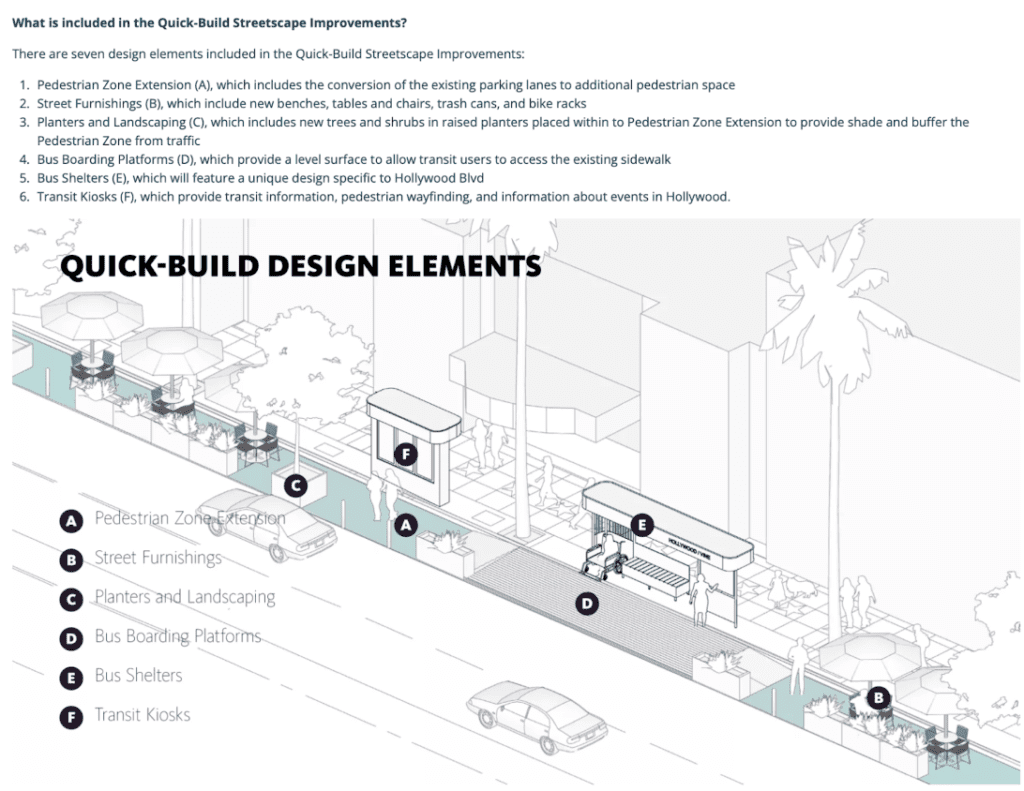
Motivating Owners, Developers & Builders
text
text
The Details: Reforming Policy
What does our local government need to do to make this happen?
Mayor and City Council Actions
What do our State legislatures need to do to make this happen?
State Level Supporting Action
What else needs to happen to bring LCI to life?
The Details: Generating Public Support
The Details: Mobilizing Parcel Owners
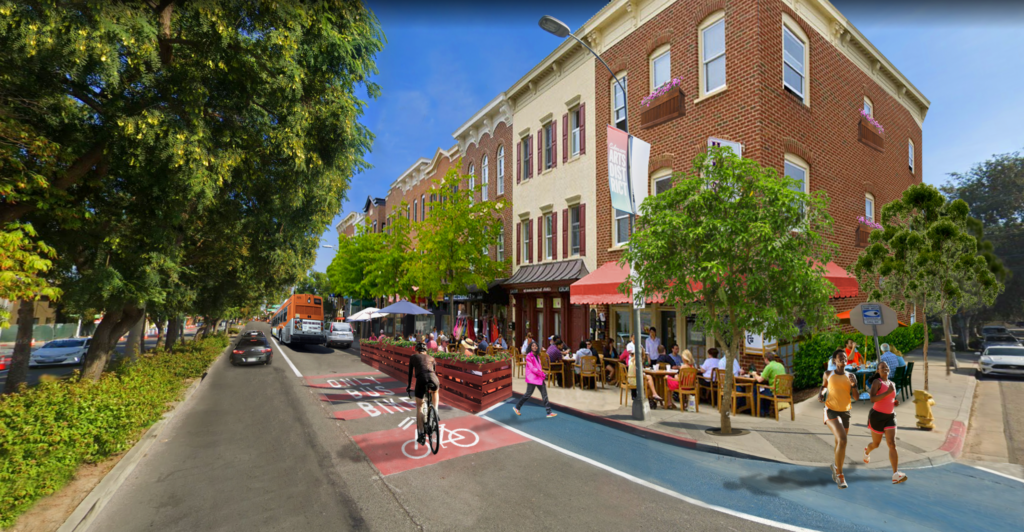
Will you express support for LCI?
Sign petitions to both state and local government representatives urging them to take action and create Livable Communities today.